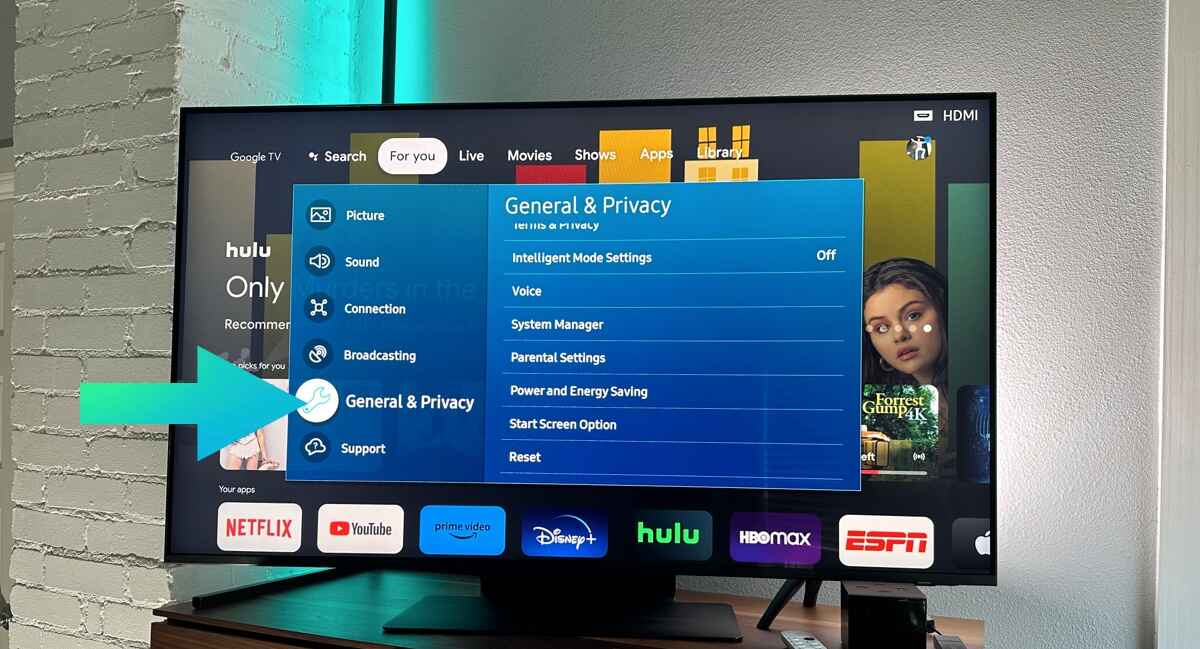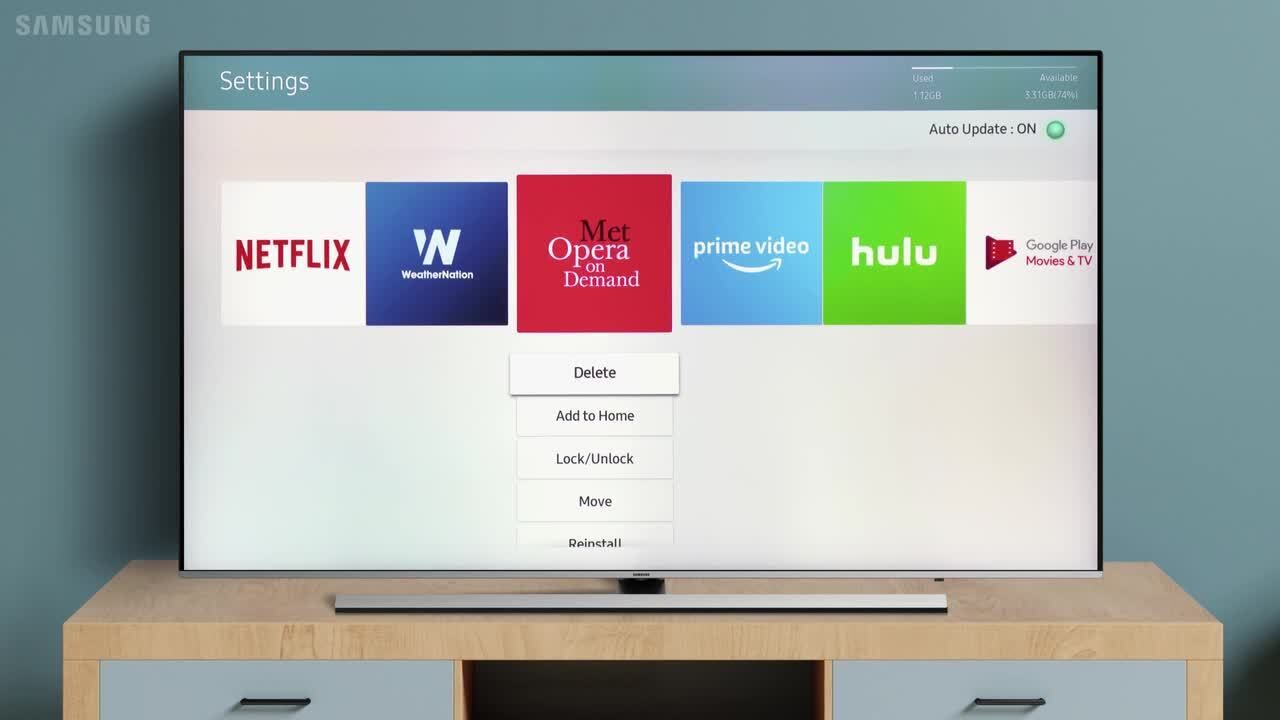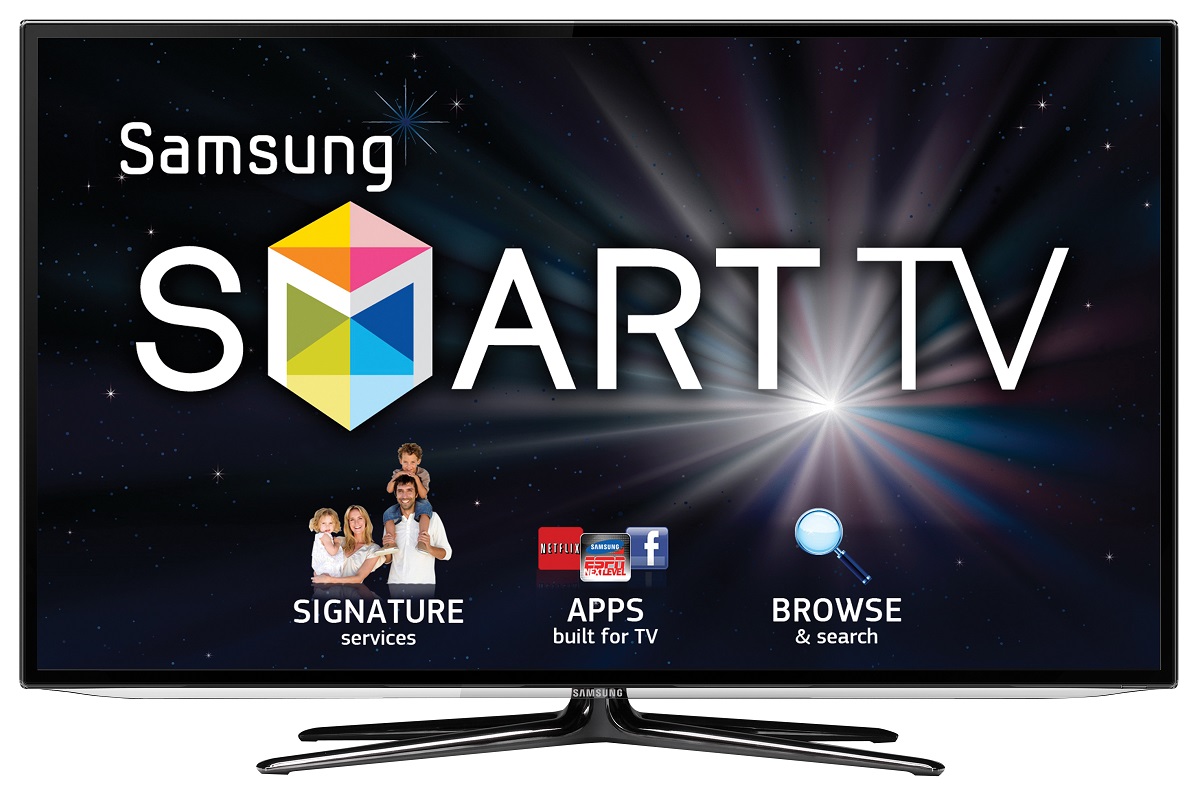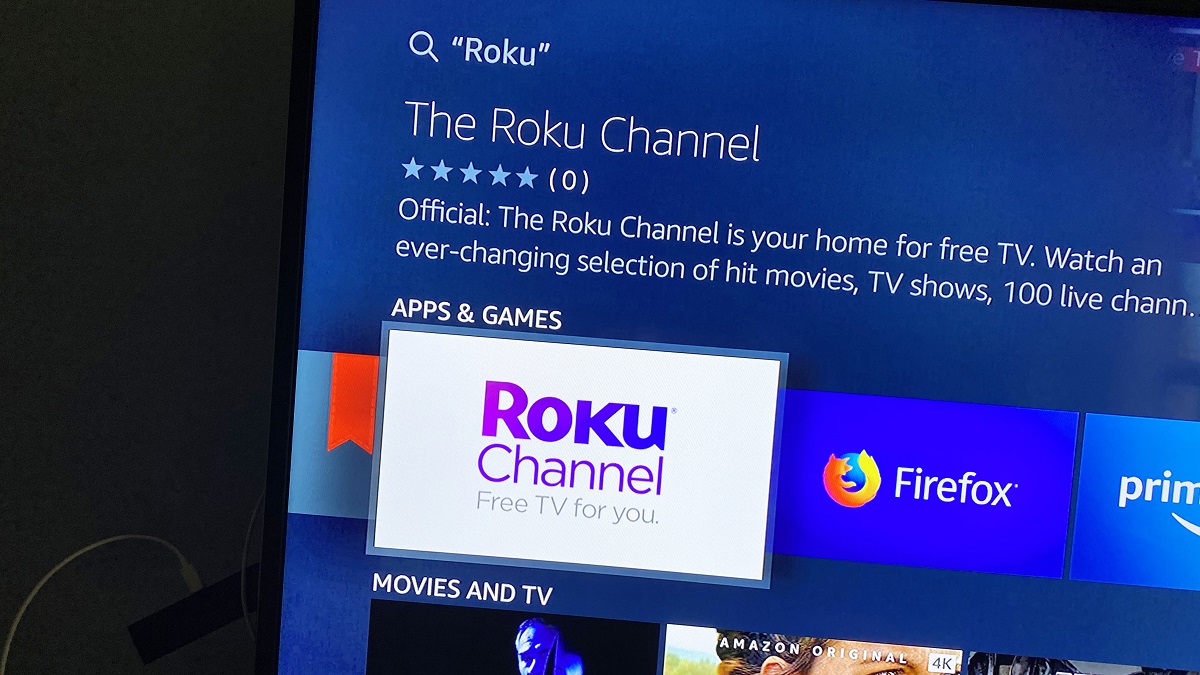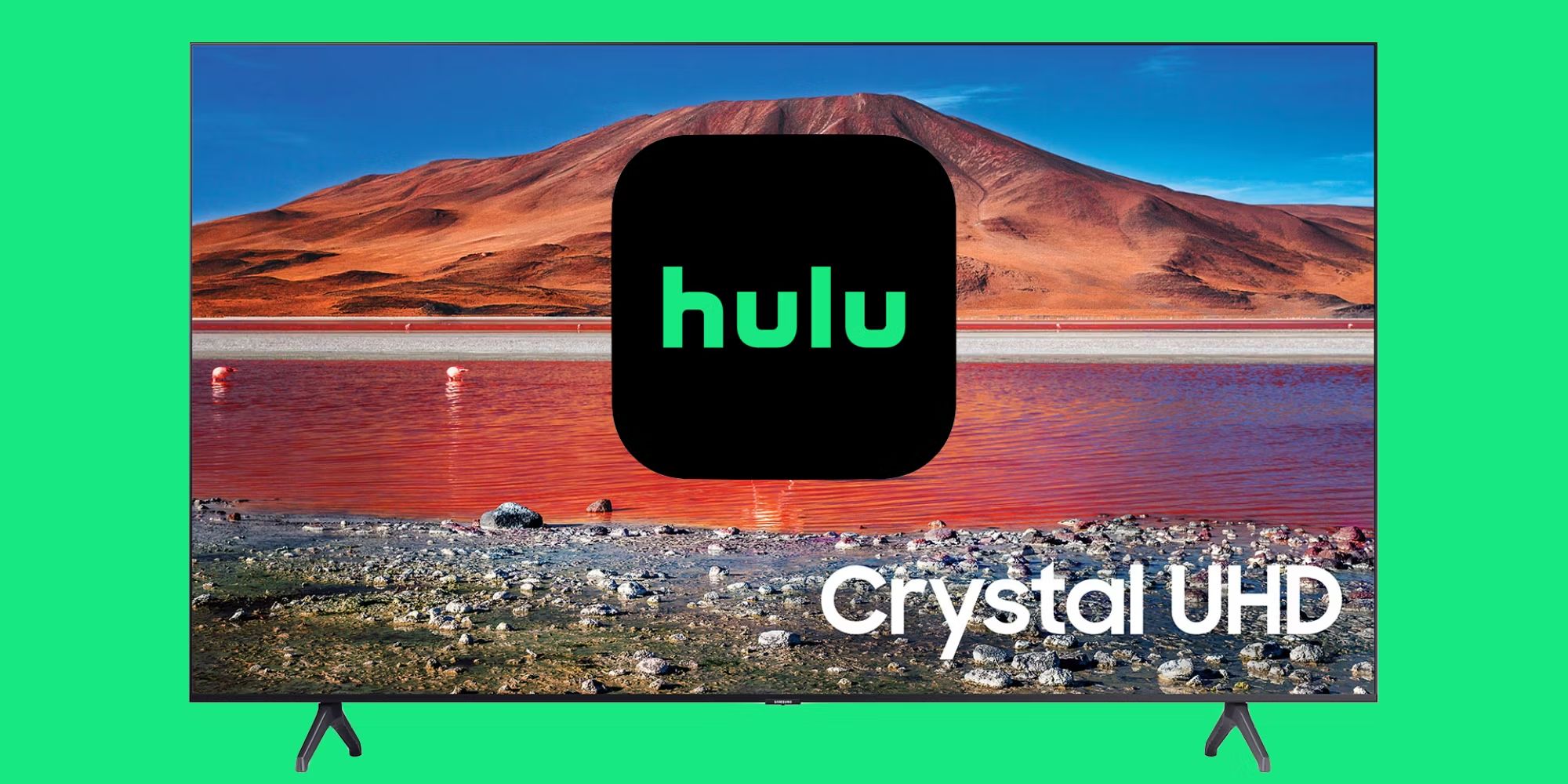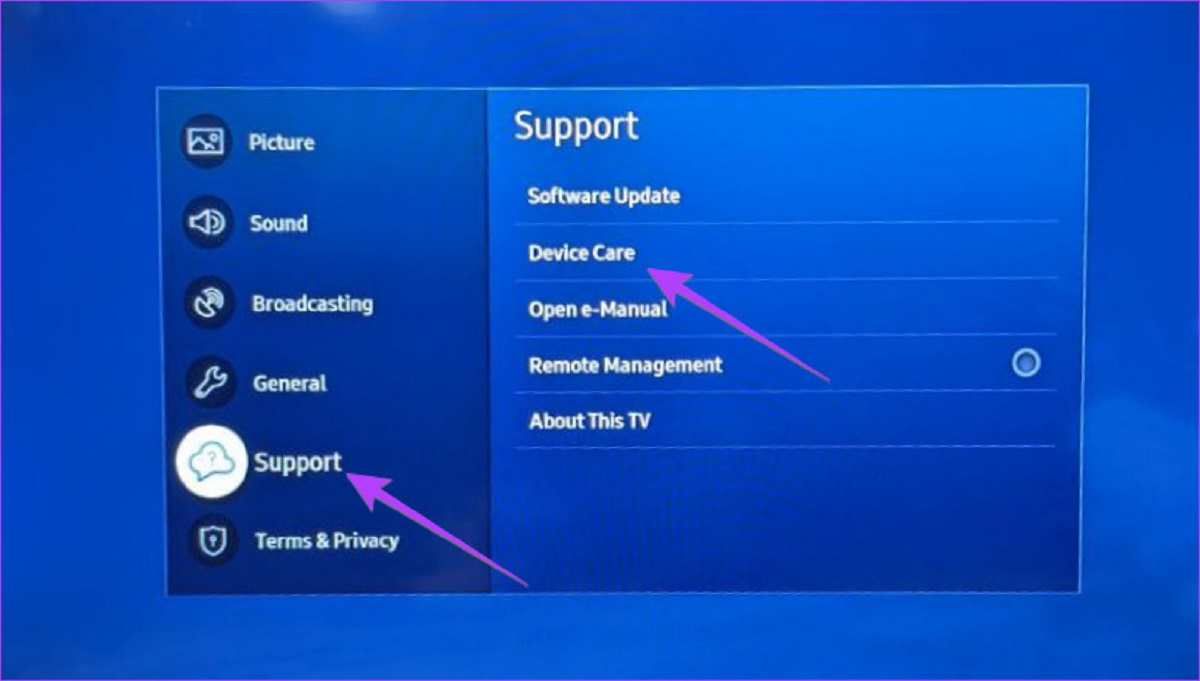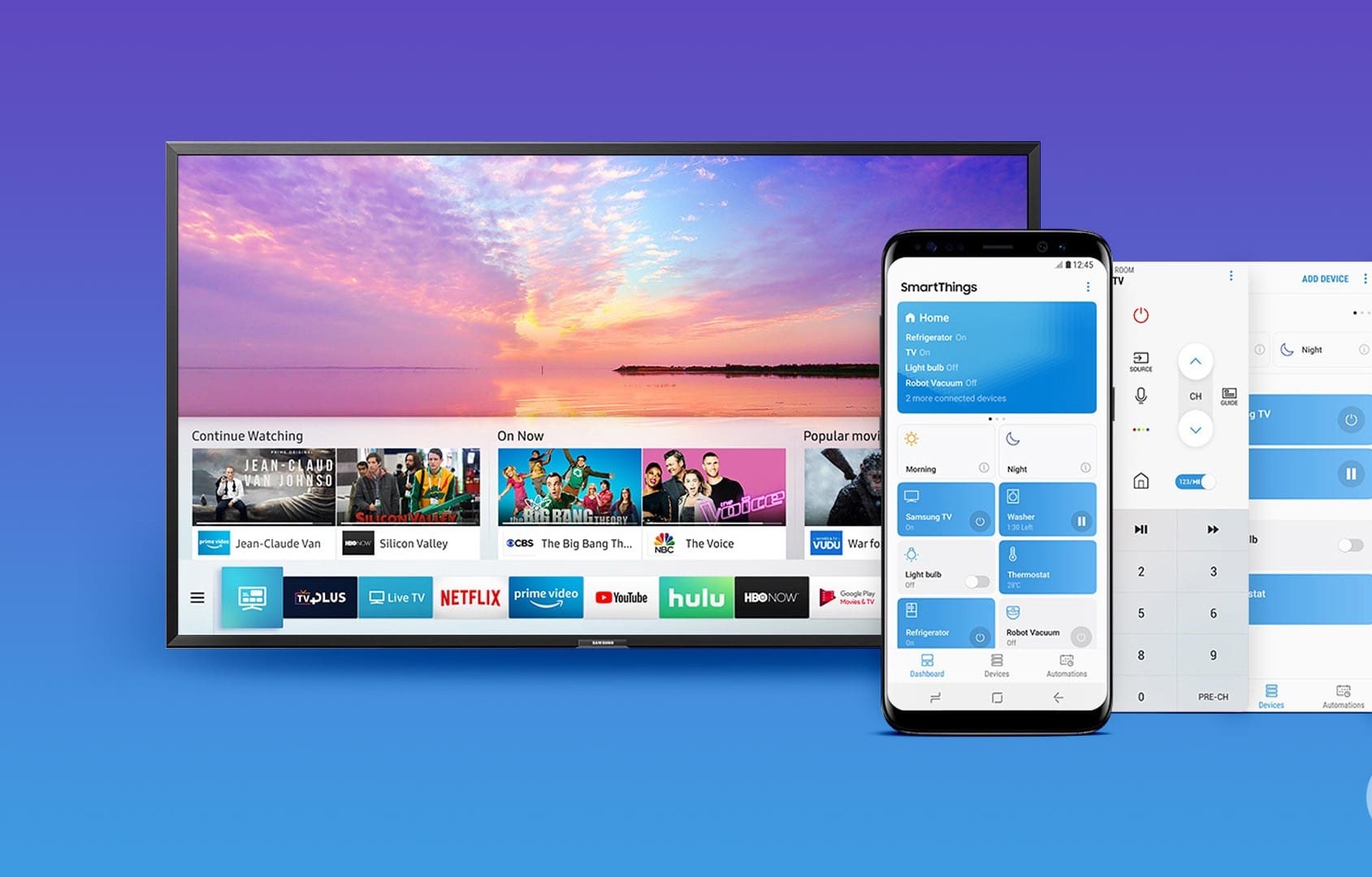Reasons why you would need to restart your Smart TV Samsung
Smart TVs have become an essential part of our daily lives, offering a plethora of entertainment options at our fingertips. However, just like any other electronic device, there may be times when your Smart TV Samsung needs a restart. Restarting your Smart TV can help resolve various issues and enhance its performance. Below are some common reasons why you might need to restart your Smart TV Samsung:
- Software Updates: Smart TVs often receive software updates to improve functionality and fix bugs. Restarting your Smart TV after an update can help ensure that the changes are implemented successfully.
- Slow Performance: Over time, your Smart TV’s performance may slow down due to accumulated cache and temporary files. Restarting your Smart TV can clear these files and potentially improve its speed.
- Network Connectivity Issues: If you experience difficulties connecting your Smart TV to Wi-Fi or other network-related problems, a simple restart can help refresh the network settings and establish a stable connection.
- App Crashes: Occasionally, certain apps on your Smart TV may freeze or crash, hindering your viewing experience. Restarting your Smart TV can resolve these app-related issues by starting them afresh.
- General Troubleshooting: Sometimes, your Smart TV may not be displaying images properly, experiencing audio issues, or exhibiting abnormal behavior. Restarting your Smart TV is often an effective troubleshooting step to resolve these problems.
By restarting your Smart TV Samsung, you can address these common issues and ensure that your viewing experience remains seamless and enjoyable. However, it is important to note that if the problems persist even after restarting, further troubleshooting may be required.
How to properly restart your Smart TV Samsung
Restarting your Smart TV Samsung is a simple process that can be done in a few steps. Follow the instructions below to perform a proper restart:
- Using the Remote: Locate the power button on your Smart TV Samsung remote control. Press and hold the power button for about 5 seconds until the TV turns off and then back on again. This method is the most common and ensures a complete restart of your Smart TV.
- Using the Menu: On your Smart TV Samsung, go to the Home screen by pressing the Home button on your remote. Navigate to the Settings menu, usually represented by a gear icon. From there, find and select the option for Restart or Reboot. Follow the on-screen prompts to initiate the restart process.
- Using the Power Cord: If your Smart TV Samsung is not responding or you cannot access the remote or menu options, you can perform a power cycle by unplugging the TV from the power source. Wait for at least 10 seconds before plugging it back in. Afterward, press the power button to turn on your Smart TV.
After restarting, your Smart TV Samsung should boot up fresh, resolving any temporary software or performance issues. It is important to note that some models may have slightly different processes or options, so refer to your Smart TV Samsung’s user manual for specific instructions.
Remember to wait for your Smart TV to fully power back on before using it again. This ensures that all necessary components and settings have been properly initialized.
By following these simple steps, you can easily and properly restart your Smart TV Samsung whenever the need arises. Regularly restarting your Smart TV can help maintain its optimal performance and enhance your overall viewing experience.
Different methods to restart your Smart TV Samsung
There are several methods you can use to restart your Smart TV Samsung, depending on the model and accessibility. Here are the different ways to perform a restart:
- Remote Control Option: Most Smart TV Samsung models come with a physical remote control that includes a power button. Press and hold the power button for a few seconds until the TV turns off and then back on again. This method is quick and convenient.
- On-Screen Menu Option: Many Smart TV Samsung models offer an on-screen menu that allows you to access various settings, including the restart option. Navigate to the Home screen by pressing the Home button on your remote, then find and select the Settings menu. Look for the Restart or Reboot option and follow the prompts to initiate the restart process.
- Power Cord Option: If your Smart TV Samsung is unresponsive or you cannot access the remote or on-screen menu, you can perform a power cycle. Simply unplug the power cord from the electrical outlet and wait for at least 10 seconds. Then, plug it back in and press the power button to turn on your Smart TV.
- Software Option: Some Smart TV Samsung models may have a software-based restart option in the settings or system menu. This option allows you to restart your TV without physically turning it off and on. Refer to your Smart TV’s user manual or support documentation to locate this option and perform the restart.
It’s important to note that different Smart TV Samsung models may have slightly different methods or options for restarting. Always refer to your specific model’s user manual or support resources for the most accurate and detailed instructions.
Regardless of the method you choose, a restart can help resolve common issues and improve the performance of your Smart TV Samsung. Regularly restarting your TV can also ensure that software updates are properly installed and implemented.
Experiment with the different methods and find the one that works best for your Smart TV Samsung model. With these various options at your disposal, you can easily and effectively restart your Smart TV whenever needed.
Troubleshooting tips if your Smart TV Samsung won’t restart
While restarting your Smart TV Samsung is usually a straightforward process, there may be instances when it doesn’t work as expected. If you’re experiencing difficulties restarting your TV, try the following troubleshooting tips:
- Check the Power Supply: Ensure that the power cord is securely plugged into both the TV and the electrical outlet. Try using a different outlet or power source to eliminate the possibility of a power issue.
- Reset the Remote Control: If the issue is with the remote control, remove the batteries and then press and hold any button on the remote for 15 seconds to drain any residual power. Reinsert the batteries and try restarting the TV again.
- Perform a Hard Reset: If the TV remains unresponsive, you can try performing a hard reset. To do this, unplug the power cord from the electrical outlet and wait for 1-2 minutes. While unplugged, press and hold the power button on the TV for 15 seconds. Plug the power cord back in and try turning on the TV.
- Update Firmware: Outdated firmware can sometimes cause issues with restarting. Check if there are any available firmware updates for your Smart TV Samsung and follow the instructions provided by the manufacturer to install the latest version.
- Contact Support: If none of the above steps work, it is recommended to reach out to the customer support team of Smart TV Samsung for further assistance. They will be able to provide more specific troubleshooting steps or arrange for a repair if necessary.
It’s important to note that troubleshooting steps may vary depending on the model and specific issue you are experiencing. Always refer to the user manual or support documentation provided by Smart TV Samsung for the most accurate and up-to-date information.
Remember to remain patient and try one troubleshooting step at a time. Rushing or attempting too many actions simultaneously might make it difficult to identify the root cause of the issue. By following these troubleshooting tips, you can increase the chances of resolving the problem and successfully restarting your Smart TV Samsung.
Additional tips to optimize the performance of your Smart TV Samsung
To ensure optimal performance and enhance your viewing experience, there are several additional tips you can follow to maximize the potential of your Smart TV Samsung:
- Regular Updates: Keep your Smart TV’s software up to date. Check for firmware updates from the manufacturer and install them when available. These updates often contain performance improvements, bug fixes, and new features.
- Clear Cache and Data: Over time, cache and temporary files can accumulate on your Smart TV Samsung, affecting its performance. Regularly clear the cache and data of apps that you no longer use or are experiencing issues by going to the App Settings or My Apps section of your TV.
- Manage Installed Apps: Avoid installing unnecessary apps that may consume excessive memory and processing power. Uninstall apps that you no longer use to free up space and enhance the performance of your Smart TV.
- Secure Wi-Fi Connection: Ensure that your Smart TV Samsung is connected to a stable and secure Wi-Fi network. Unstable connections can result in buffering and slow performance. Consider using a wired Ethernet connection for a more reliable streaming experience.
- Optimize Display Settings: Adjust the picture and display settings of your Smart TV to suit your preferences and the environment. Experiment with brightness, contrast, sharpness, and color settings to achieve the best possible viewing experience.
- Use External Storage: If your Smart TV Samsung supports it, consider using an external storage device, such as a USB flash drive or external hard drive, to expand the available storage space. This can prevent slowdowns caused by limited internal storage.
- Regularly Restart: Restart your Smart TV Samsung periodically to clear temporary files, refresh system processes, and optimize performance. A simple restart can help resolve minor issues and improve the overall speed and responsiveness of your TV.
- Avoid Overloading Background Apps: Running multiple apps simultaneously in the background can strain the resources of your Smart TV. Close unused apps or disable automatic app updates to prevent unnecessary background processes.
By implementing these additional tips, you can optimize the performance of your Smart TV Samsung and ensure a smoother and more enjoyable viewing experience. Remember to refer to your TV’s user manual or support resources for specific instructions on implementing these optimizations that are tailored to your particular model.







